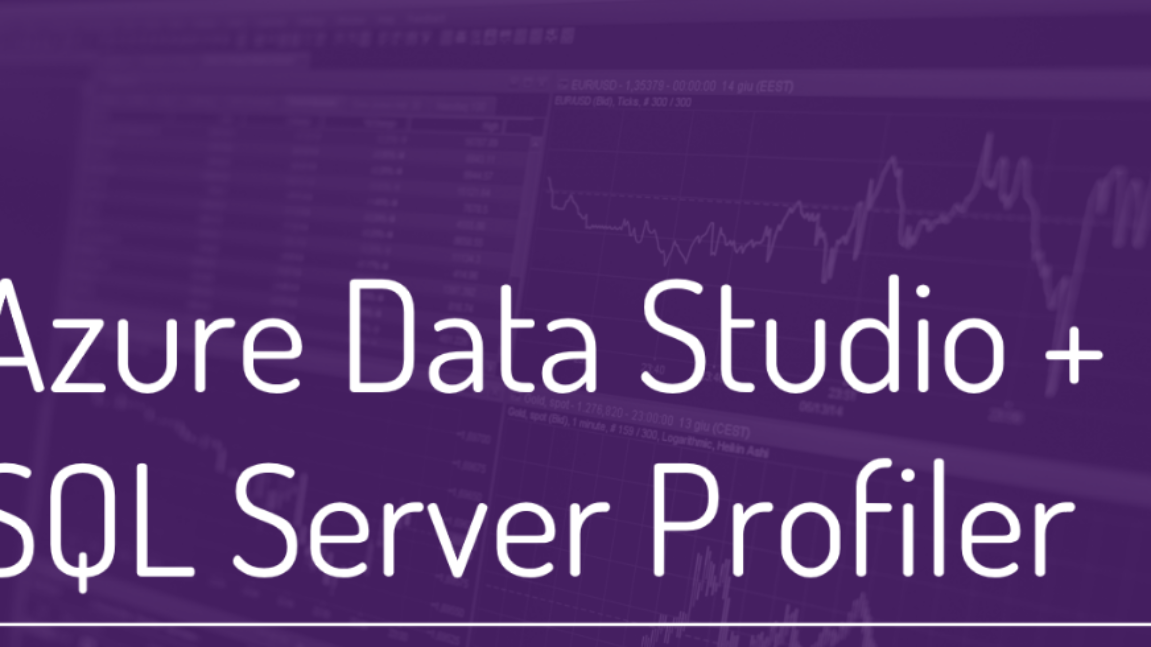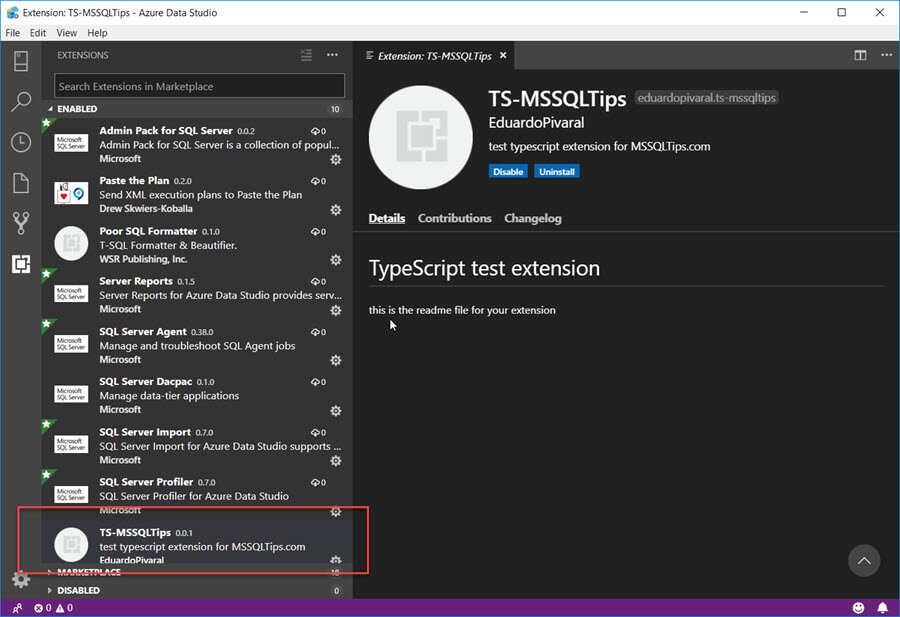

They are set via your incremental refresh policy. I want to see all my data in Serviceĭont worry, in Service RangeStart and RangeEnd don’t keep the dates specified for the filters in Desktop. You might be thinking at this point, but I dont want the filters that I have set for Desktop to be applied in Service. Publish the new Power BI Report and Data Flow.This will come through to your model as updated and you can filter out all the isDeleted records
AZURE DATA STUDIO PROFILER UPDATE
You need to deal with this slightly differentlyĪdd isDeletedColumn and update LastUpdatetime and isdeleted to 1 in the warehouse Is there a possibility that records are also deleted?.Then you will need to make the decision to have a reporting database layer, Where you can add UpdateDate logic to your table Are you running straight from source into Power BI and there is no Update Date available?.If you want to use Detect Data changes you must have an Update date on your source data. No records are deleted so we don’t need to worry about this The months data will only be refreshed if the ImportDate for this record is changed (Or there are new records) Detect Data Changesĭetect Data Changes has been used. However as a just in case 1 month has been used, in case for any reason the job is suspended or doesn’t run.

If this was running every single day then you would only need to refresh rows in the last 1 day. its set to months so the partitions are smaller Refresh Rows In the Above example we are storing everything for 5 years. Go to your first table and choose incremental refreshĮxample screen shot of an Incremental refresh policy Store Rows Order date, Received Date etcĬlose and Apply Define your Incremental Refresh policy in Power BI Desktop Filter the data in the ModelĪdd your parameters to every table in your data set that requires incremental loadįind your static date. for example, a year, two years worth of data. allow yourself a good slice of the data to work with. the recommendation is to set Incremental processing up over a relational data store.įor the desktop. Its possible to query fold over a Sharepoint list. Its not recommended to run incremental processing on data sources that cant query fold (flat files, web feeds) You do get a warning message if you cant fold the query Query Folding – RangeStart and RangeEnd will be pushed to the source system. Range Start and Range End are set in the background when you run power BI. The two parameters that need setting up for incremental loading are RangeStart, RangeEnd Go to transform data to get to the power Query Editor (You can either be in desktop or creating a dataflow in Service) Set up incremental Refresh in Power Query Editor.
AZURE DATA STUDIO PROFILER PRO
Once you have your results, look at the icons on the right side of the window.Incremental Refresh came available for Power BI Pro a few months ago but when tested there was am issue. I’m using my Chicago Parking Tickets database. In Azure Data Studio, query the dataset of your choosing. If you want that result set in a spreadsheet, just save it as one and poof – you have an Excel file! Try It Yourself! Most commonly I will just copy/paste a result set into a spreadsheet, but depending on the size of the result set and the types of data involved, that doesn’t always play nicely.īut Azure Data Studio does it WAY better, trust me. In SQL Server Management Studio, there’s no single-step way to save a result set to Excel. Sometimes you just need a result set in a spreadsheet, whether you want it to be in one or not. They can even be places where good datasets go to die, but it’s important to remember that they’re a necessary evil. I previously wrote about getting my favorite keyboard shortcuts to work, which made me very happy, but now for a feature I love even more – saving result sets to Excel! Azure Data Studio continues to grow on me.


 0 kommentar(er)
0 kommentar(er)
